Southwest Michigan field crops update – July 17, 2025
Corn is in early reproductive stages, and detasseling in seed corn is in earnest. High temperatures and little precipitation have resulted in spider mite infestations in soybeans.

Weather
The past week was warm and humid with scattered rainfall. Some areas have received sufficient moisture, but others have received very little moisture since around mid-May. Opportunities for moisture in the coming week will continue to be scattered with isolated showers early to the middle of next week, but precipitation is forecast to be higher than it has been. Temperatures will continue to be hot and humid.
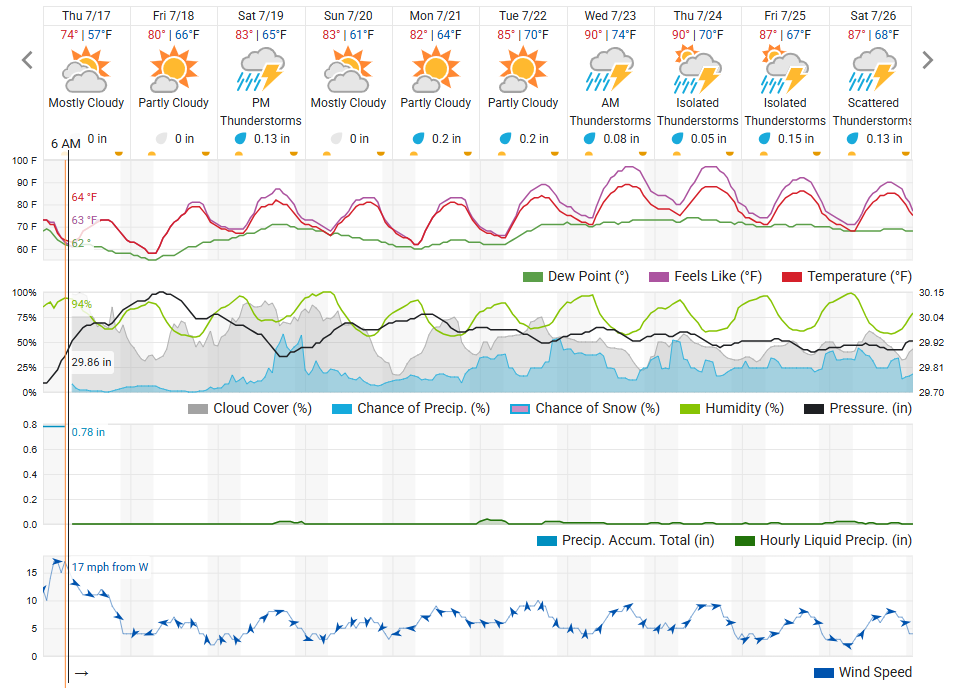
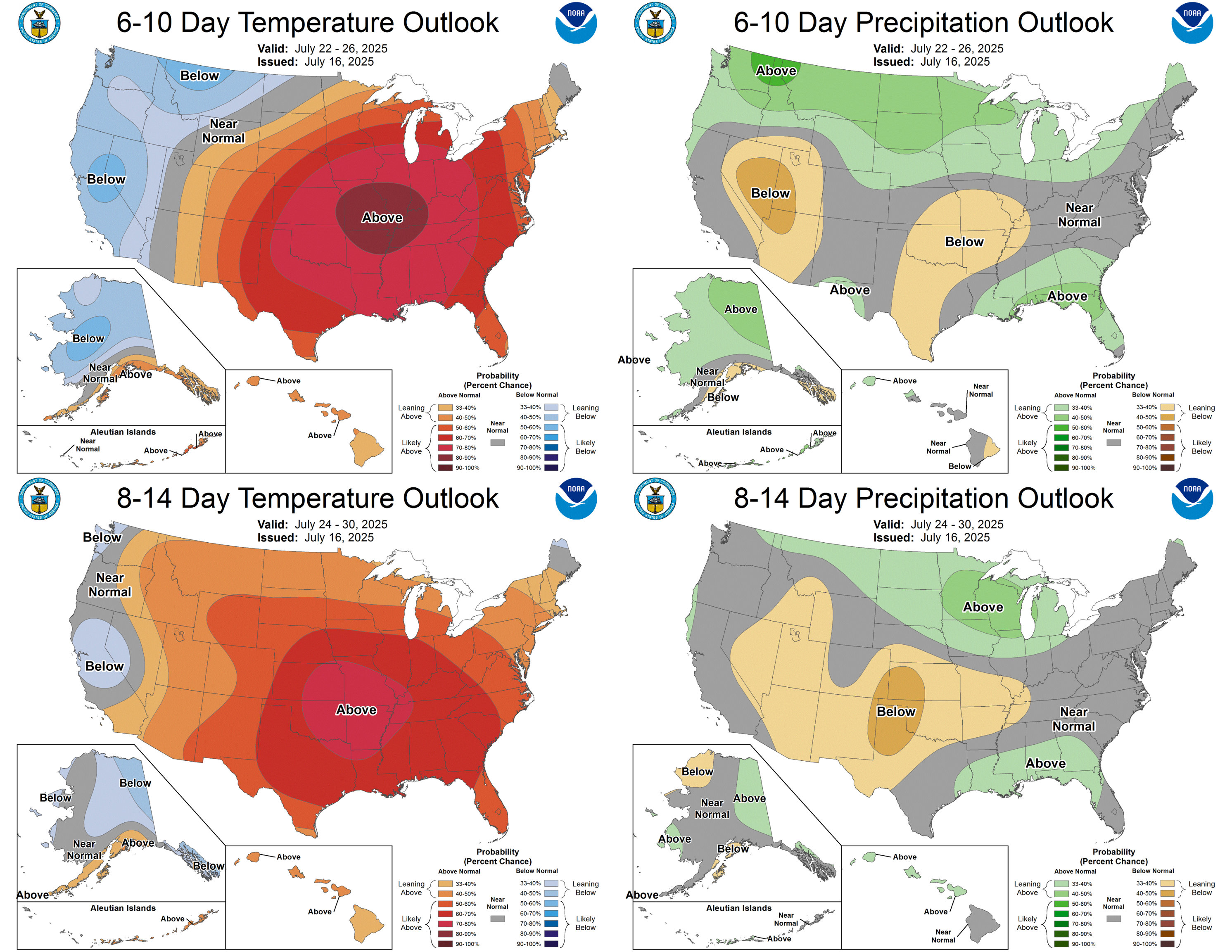
Crops and pests
Soybeans are in early reproductive stages. R3 starts when a pod at the fourth node down the main stem is 3/16 inches long, and some soybeans in southwest Michigan are moving into R4 (a pod at the fourth node is 3/4 inches long). Fungicides to prevent white mold should be applied between R1 and R3, with data showing higher efficacy when applied closer to R1. Risk models based on weather show a low white mold risk on unirrigated fields for the next several days. White mold thrives in moist environments, so irrigated fields will be at higher risk than unirrigated fields. Frog-eye leaf spot risk is moderate.
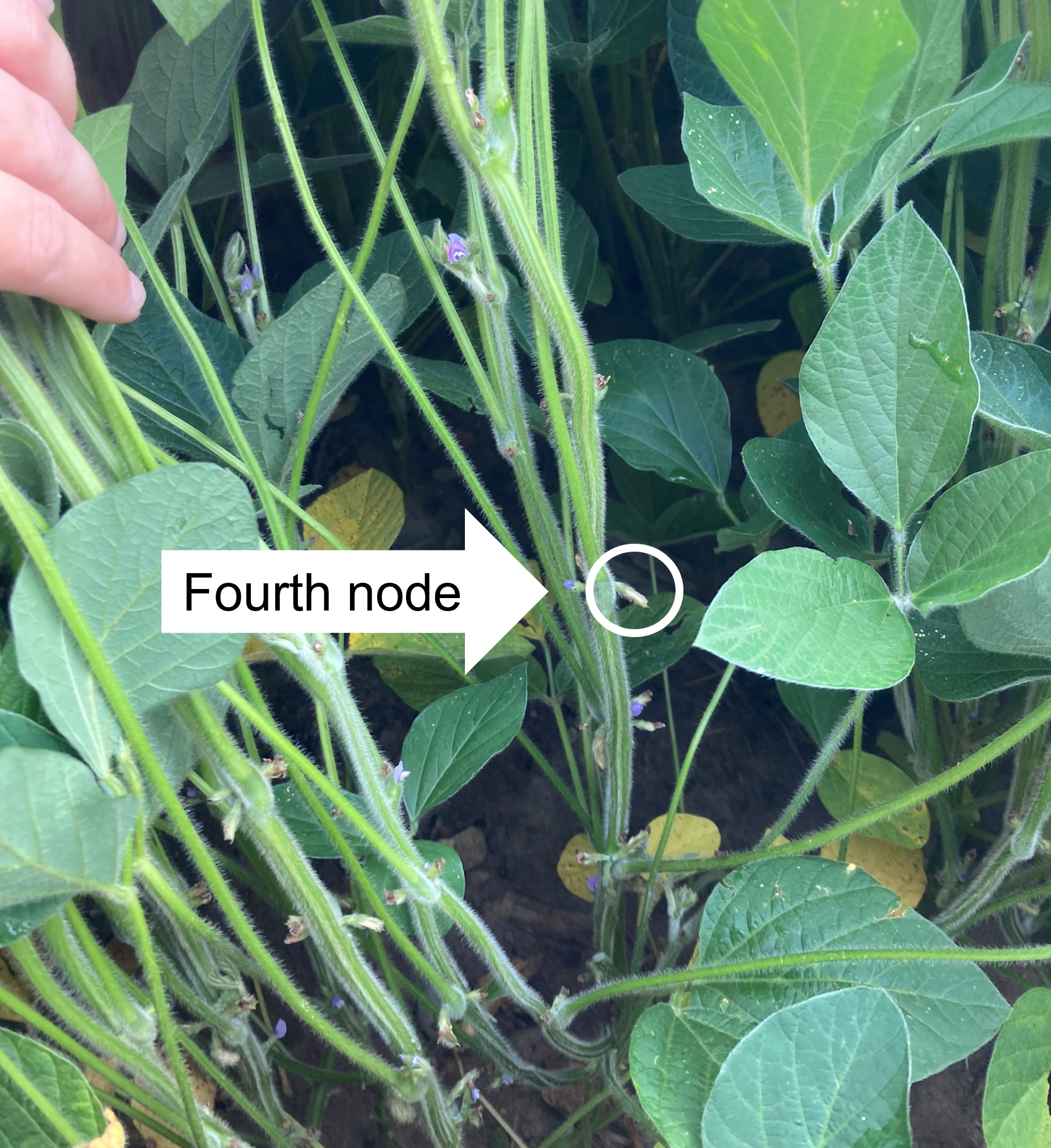
The dry weather has favored spider mites, which may be found along roadsides or driveways where dust is frequently settling. Watch for yellow mottling of leaves and webbing. Scouting for mites when dew is on the plants helps highlight the webbing, as the dew lands on the webs but doesn’t touch the leaf surface directly.
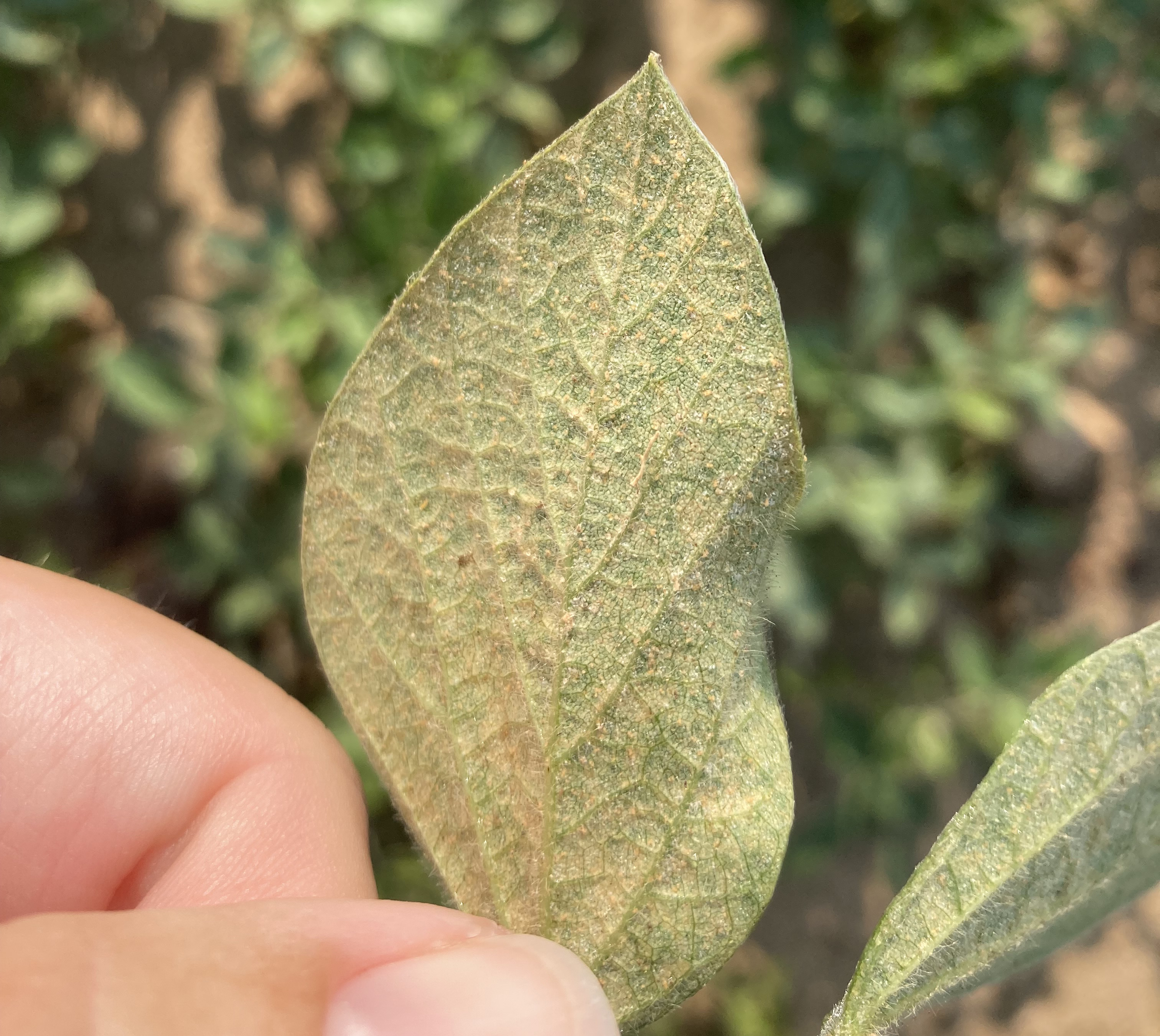
Corn is tasseling in earnest, and detasseling in seed corn is also in earnest. Some corn has started to put out silks, which is the R1 stage. Tar spot was confirmed in Cass and Eaton counties last week and has since been confirmed in counties in central Michigan and moving toward the thumb. As tar spot is found closer to home, remember that the best timing for a single fungicide application is still between VT and R3-4. Risk models show low tar spot risk for the next week for unirrigated fields, but again, moisture increases tar spot survival, so irrigated fields are at higher risk.
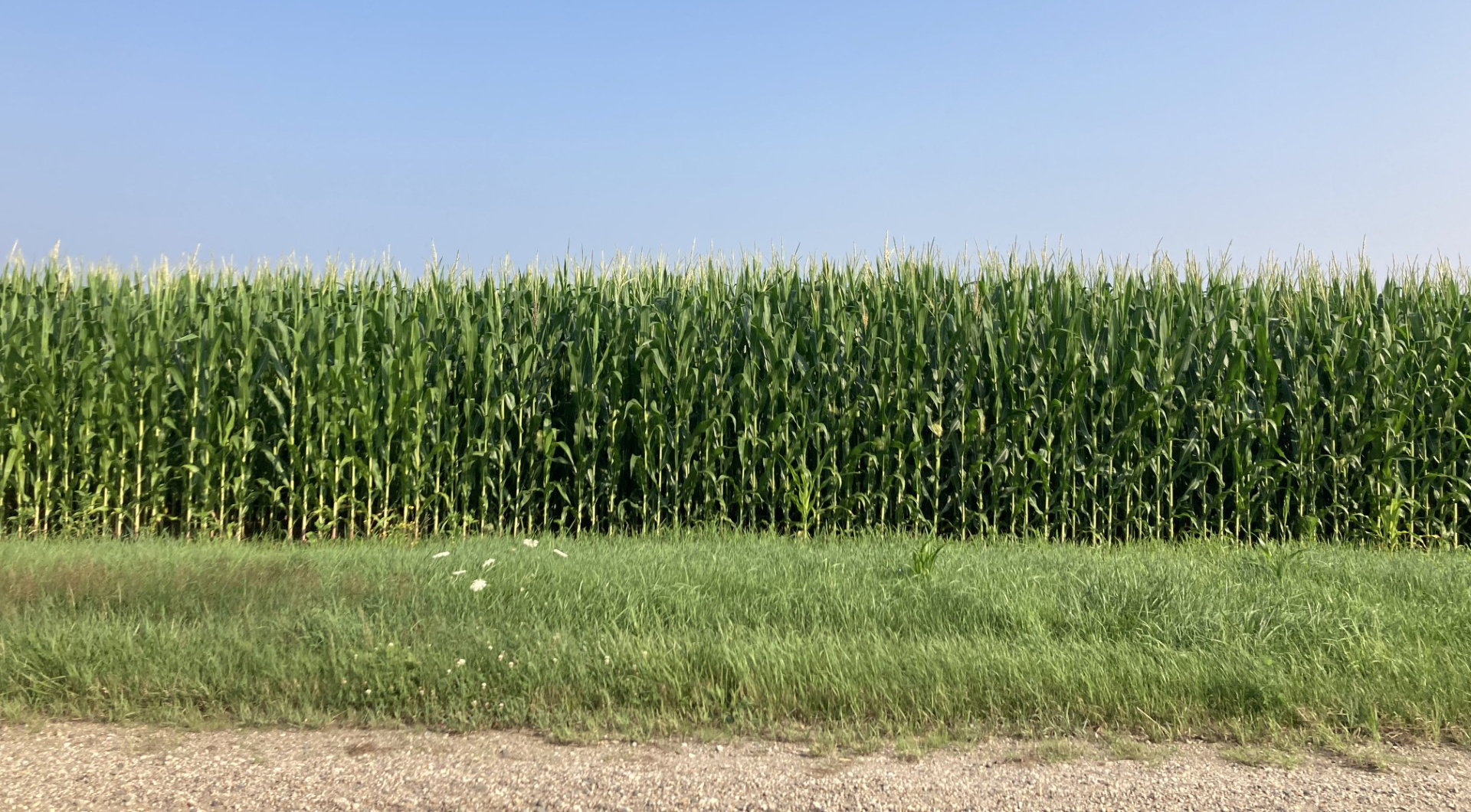
Western bean cutworm moths will be searching for plants close to tasseling or freshly tasseled. Scout for egg masses in the upper two thirds of the canopy by walking with the sun backlighting the plants. Egg masses will appear as dark shadows on the leaves.
Bucket traps in Branch County near Union City have caught the following western bean cutworm moths:
|
Date |
Branch 1 |
Branch 2 |
Centreville 1 |
Centreville 2 |
Paw Paw |
Sturgis |
|---|---|---|---|---|---|---|
|
7/14 |
33 |
53 |
-- |
-- |
-- |
-- |
Much of the winter wheat has been harvested. What remaining in the field is harvest-ready. Materials like the article “Considering double-crop soybeans after a winter cereal this year?,” the Midwest Cover Crops Council’s cover crop recipe for planting after wheat going into corn or soybean and the fact sheet “Cover crop tolerance to winter wheat herbicides” can help guide decisions on what to plant after wheat.
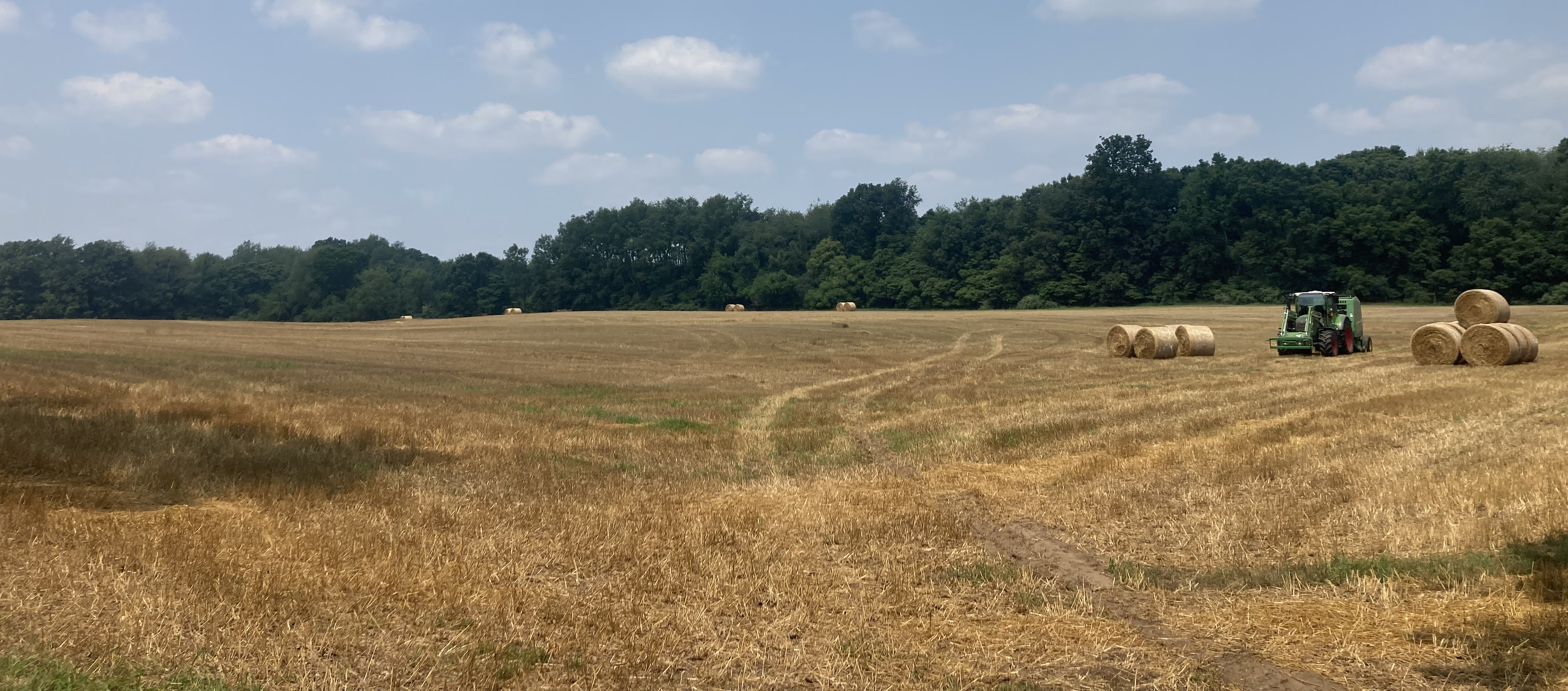
Potatoes continue to be at risk of vine rot with the hot weather and lush canopies. Late blight risks have been low to medium in southwest Michigan so far, and that is forecast to continue. Applications to control colonizing aphids went out in the past week. Check for aphids on the undersides of leaves in a recommended 20-25 plants in 10 areas per field. Refer to the fact sheet “Managing Colonizing Aphids in Ware Potatoes” for pictures of colonizing aphids that affect potatoes, a list of chemical options for managing aphids and tips for chemical control.
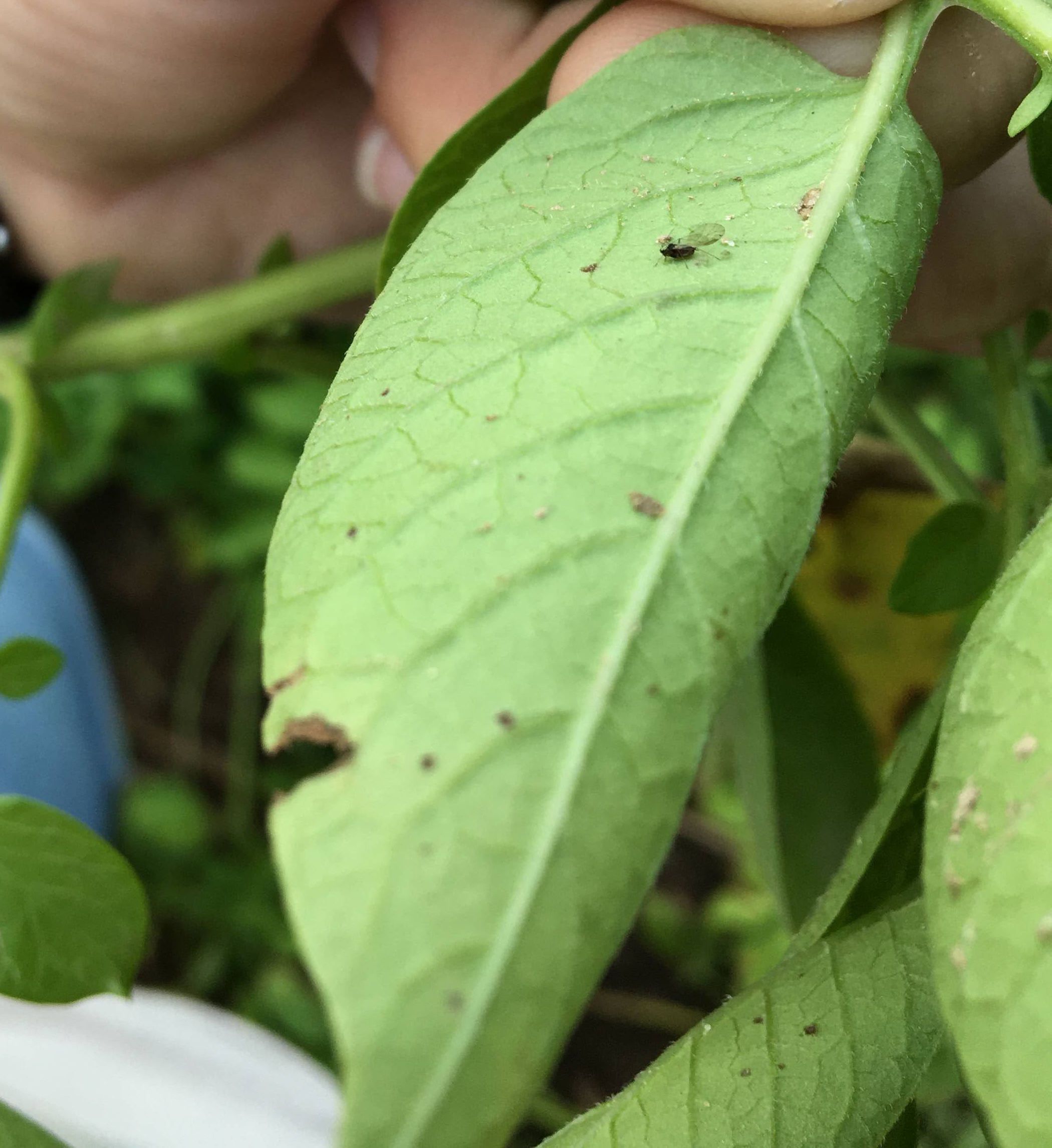
Alfalfa and forages are at variable stages of development, with some cutting occurring this past week, while other fields are approaching cutting and others are solidly in stages of regrowth.
Weekly water use
Corn water demand peaks during the early reproductive stages, especially during tasseling, silking and pollination—critical periods when the crop is highly sensitive to water stress. Water shortages at these stages can significantly reduce yield potential. By tassel emergence, corn typically reaches its full effective rooting depth of 3 to 4 feet. This root zone can hold approximately 3 inches of available water in sandy soils and up to 6 inches in loam soils. Since crop water use often exceeds rainfall during this period, supplemental irrigation may be necessary to meet crop demand.
Soybeans in the early reproductive stages (R3–R6) are currently using about 1.32 - 1.42 inches of water per week. These stages are the most sensitive to water stress, and insufficient moisture can reduce the number of seeds per pod, decrease seed size, and lower overall yield potential. To increase irrigation efficiency, aim to apply enough water to meet five to six days of crop water use, typically 1 to 1.25 inches per irrigation event. Irrigation should match crop demand, subtracting recent rainfall and allowing room in the soil profile for future precipitation.
Crops are now entering their peak water use period. For more information, please refer to the full article. Irrigation Scheduling Tools can help estimate crop water needs and decide timing and application.
Estimated weekly crop water use for field crops in Michigan (inches per week) for the week of July 14-20.
| Crop | Growth stage | Constantine | Entrican | Hart |
|---|---|---|---|---|
| Reference ET | 1.2 | 1.25 | 1.29 | |
| Corn | V10 | 0.91 | 0.95 | 0.98 |
| Corn | V12 | 1.2 | 1.25 | 1.29 |
| Corn | V16, VT, Silk, Blister, Dough, Begin Dent | 1.32 | 1.38 | 1.42 |
| Soybeans | R1 Beginning Bloom | 1.2 | 1.25 | 1.29 |
| Soybeans | R2 Full Bloom | 1.32 | 1.38 | 1.42 |
| Soybeans | R3 Begin Pod / R4 Full pod | 1.32 | 1.38 | 1.42 |
The table above presents estimated crop water use for various field crops across three locations in Michigan. This data helps irrigation management decisions by showcasing potential crop evapotranspiration, calculated based on reference evapotranspiration and crop coefficients for each crop growth stage. It is crucial to note that crop water use values vary across regions due to differences in weather conditions, growth stages, agronomic practices and soil properties.
When using these values for irrigation scheduling, be mindful that they assume all applied irrigation water will be utilized by the plants without any loss. Additionally, these values do not account for any precipitation that may occur during the week of calculation.
Reference evapotranspiration data was obtained from Michigan State University Enviroweather, which also offers a model for determining potential crop evapotranspiration. To access this tool, visit Enviroweather, click on "Crops," select your crop and use the potential evapotranspiration tool by choosing your nearest weather station, the latest date of interest and other crop information.
Field Crops Virtual Breakfast Series
.jpg?language_id=1)
White mold and tar spot spraying, presented by MSU Extension field crops pathologist Marty Chilvers, was the topic for the MSU Extension Field Crops Virtual Breakfast this week. White mold fungicide applications should go out between R1 and R3. Tar spot applications are most effective between VT and R3/4.
Recordings of this and all the Virtual Breakfast meetings are closed-captioned and available at the Field Crops Virtual Breakfast webpage and the MSU Extension Field Crops Team social media platforms: Facebook, Spotify, YouTube, Apple Podcasts and Twitter/X.
This work is supported by the Crop Protection and Pest Management Program [grant no 2024-70006-43569] from the USDA National Institute of Food and Agriculture. Any opinions, findings, conclusions, or recommendations expressed in this publication are those of the author(s) and do not necessarily reflect the view of the U.S. Department of Agriculture.



 Print
Print Email
Email